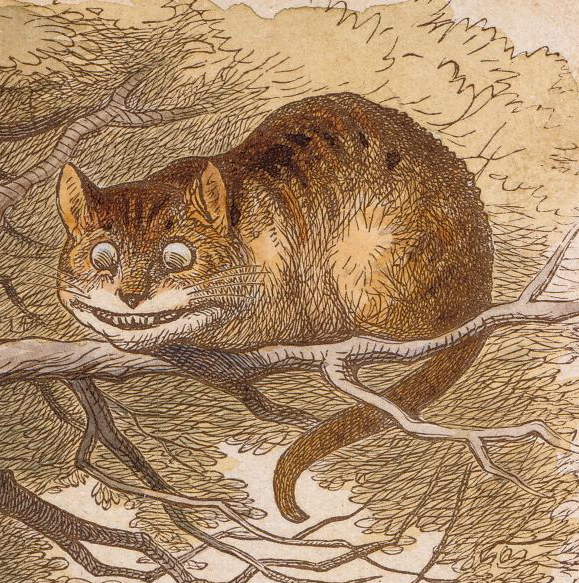In class, while discussing Arna Bontempts and Langston, Hughes, The Paste Board Bandit (1935), Professor Curseen purposed this question: “Why would Hughes use an inanimate object as the narrator for this book”? I don’t believe we ever answered this in class,
Curious about this idea, I did some research. I found that whenever giving an inanimate object human qualities, that is personification. But I believe Hughes wanted more then just to personify the Paste Board Bandit, Tito. Hughes uses Tito as a way for children to visualize fantasy, and help think beyond what they are taught to be right and wrong when it comes to matters of race, and stereotypical friendships.
During my research, I came across the term “anthropomorphism”. Anthropomorphism means: the attribution of human characteristics of behavior to a god, animal or object. I found that anthropomorphism occurs in children’s literature a lot (think: Mickey Mouse, all of Toy Story, and Magic Carpet from Aladdin). Anthropomorphism makes the unfamiliar more familiar to children. It makes children more comfortable with the topic and makes a hard topic less threatening. Hughes uses a cut out character to help tell the story of an American child befriending a Mexican child. I believe this is done quite successfully in The Paste Board Bandit.
 My favorite character is the Cheshire cat. At first I was confused what a Cheshire was, so I looked it up and found it is defined by Mariam Webster as: Cheshire is a ceremonial county in North West England, in the United Kingdom. The western edge of the county forms part of England’s border with Wales. This concept of coming from another country could play into the whole idea if imperialism in Alice in Wonderland. The Cheshire cat has a huge grin on his face, and often poses philosophical questions to Alice. Carroll must have had a love for cats, because cats mentioned by Alice in the first chapter, as she has one herself, whom she loves. Cats represent mischievous charters in not literature.
My favorite character is the Cheshire cat. At first I was confused what a Cheshire was, so I looked it up and found it is defined by Mariam Webster as: Cheshire is a ceremonial county in North West England, in the United Kingdom. The western edge of the county forms part of England’s border with Wales. This concept of coming from another country could play into the whole idea if imperialism in Alice in Wonderland. The Cheshire cat has a huge grin on his face, and often poses philosophical questions to Alice. Carroll must have had a love for cats, because cats mentioned by Alice in the first chapter, as she has one herself, whom she loves. Cats represent mischievous charters in not literature.